Wie können die Ziele der Energiestrategie 2050 umgesetzt werden? In acht Energieforschungs-Kompetenzzentren (SCCER – Swiss Competence Centers for Energy Research) haben Forscherinnen und Forscher nach Lösungen gesucht. Nach sieben Jahren wurde das SCCER-Programm Ende 2020 abgeschlossen.
Schlagwortarchiv für: CO2-Emissionen
Wie die Sonne die Zementproduktion klimafreundlicher machen kann
Für viele industrielle Prozesse braucht es hohe – sehr hohe Temperaturen. Zum Beispiel für die Zementherstellung. Doch: Wie soll man diese Prozesswärme im Hochtemperaturbereich erreichen, wenn man keine fossilen Energien wie Kohle oder Erdgas einsetzen will, die CO2-Emissionen freisetzen. Das ETH-Spin-off Synhelion hat ein Verfahren entwickelt, das auf Sonne setzt. Weiterlesen




 1 Vote(s), Durchschnitt: 5,00
1 Vote(s), Durchschnitt: 5,00Bundesrätin Simonetta Sommaruga weiht solarthermisches Kraftwerk in Genf ein
Der Kanton Genf baut sein Fernwärmenetz aus: Im Dezember wurde das solarthermische Kraftwerk SolarCADII ans Netz angeschlossen. Es ist mit neuartigen Solarkollektoren ausgerüstet. Am Donnerstag wurde es nun offiziell eingeweiht von Bundesrätin Simonetta Sommaruga. Dank solcher innovativer Technologien könne die Schweiz die Klimaziele erreichen, sagte die Vorsteherin des Departements für Umwelt, Verkehr, Energie und Kommunikation (Uvek) bei der Einweihung. Weiterlesen




 1 Vote(s), Durchschnitt: 5,00
1 Vote(s), Durchschnitt: 5,00Lieferwagen oder Personenwagen? Was macht den Unterschied aus?
Personen- oder Lieferwagen? Sowohl als auch! Es gibt Fahrzeuge, die sowohl zur einen wie zur anderen Fahrzeugart gehören können. Relevant ist die Zuteilung zum Beispiel, wenn es um die Grenzwerte von CO2-Emissionen geht. Weiterlesen




 Noch keine Bewertungen
Noch keine BewertungenNicht nur Autos können elektrisch angetrieben werden, sondern auch Bagger, Traktoren oder Baumaschinen. Die darin verbauten Elektromotoren sorgen für eine Verringerung der CO2-Emissionen und des Geräuschpegels. Die SUNCAR HK AG ist eine der Firmen, die sich auf die Elektrifizierung von Baumaschinen sowie Nutz- und Kommunalfahrzeugen spezialisiert hat. Das Startup-Unternehmen der ETH Zürich entwickelt batteriebetriebene Antriebssysteme für Baumaschinen und Nutzfahrzeuge. Weiterlesen




 Noch keine Bewertungen
Noch keine BewertungenWelche Auswirkungen hat die Covid-Pandemie auf die Energienachfrage und auf die CO2-Emissionen? Antwort auf diese und weitere Fragen gibt der neue World Energy Outlook 2020 (WEO) der Internationalen Energie Agentur IEA. Der Bericht betrachtet in verschiedenen Szenarien Auswirkungen und Dauer der Pandemie auf die Wirtschaft und zeigt auf, wie die langfristigen Nachhaltigkeitsziele erreicht werden können. Der Bericht wurde am 13. Oktober publiziert.




 1 Vote(s), Durchschnitt: 5,00
1 Vote(s), Durchschnitt: 5,00Wie das E-Auto Anschluss findet – auch im Mehrfamilienhaus
Wer ein E-Auto fährt, lädt es dort auf, wo es über längere Zeit steht. Das ist in der Regel daheim oder allenfalls noch am Arbeitsplatz. Denn Strom tanken ist nicht gleich Benzin in den Tank füllen. Je nach Leistung der «Stromtankstelle» braucht das Aufladen Zeit, langsames Aufladen ist zudem schonender für die Batterie. Weiterlesen




 5 Vote(s), Durchschnitt: 5,00
5 Vote(s), Durchschnitt: 5,00Digitalisierung vereinfacht die Impulsberatung für erneuerbare Heizungssysteme
Rund 900’000 fossile Heizungen stossen heute noch rund einen Drittel der gesamten CO2-Emissionen der Schweiz aus. Bis 2050 sollen sie durch erneuerbare Heizsysteme ersetzt werden. Für den Umstieg braucht es eine gute Energie-Beratung, um individuelle und intelligente Lösungen rasch umsetzen zu können. Das Tool Heizungsexperte der Eturnity AG vereinfacht die Schritte der Beratung durch digitale Prozesse. So kann neu auch das Impulsberatungs-Formular digital ausgefüllt werden. Damit schafft die Digitalisierung mehr Zeit für die Beratung der Kunden. Und unterstützt so auch eine rasche Dekarbonisierung des Gebäudeparks.
Eine Stunde Zeitersparnis pro Beratung
Da Nutzern des Heizungsexperten sowieso schon alle wichtigen Daten für ihre Offerten und somit auch ihrer Impulsberatungen digital zur Verfügung stehen, ist das Exportieren des Formulars mit wenigen Klicks erledigt. Der Aufwand, der mit Beratungsprozess und Impulsberatungsformular einhergeht, wird so erheblich minimiert.
Marc Steiner, Verkaufsleiter Wärmetechnik im Grossraum Zürich, Thurgau und Schaffhausen bei der Centralschweizerische Kraftwerke AG (CKW) nutzt den Eturnity Heizungsexperten bereits seit zwei Jahren und freut sich über die Ergänzung des neuen Features: „Ich nutze das neue Feature zur Impulsberatung wirklich gern. Vorher musste ich alles händisch ergänzen, jetzt muss ich nur noch auf einen Button klicken und das Impulsberatungsformular wird anhand der bereits bestehenden Offertendaten automatisch generiert. Das vereinfacht meinen Tag ungemein und bringt mir für jede Impulsberatung eine zusätzliche Zeitersparnis von etwa einer Stunde. Eine Stunde, die ich mehr in die Beratung unserer Kunden investieren kann.“
„Wenn der Kunde Freude hat, freuen wir uns auch“
Der Verkaufsleiter selbst geht bei 90 Prozent der Impulsberatungen davon aus, dass die Interessenten eine Offerte wünschen. Deshalb können die Kunden der CKW nun Impulsberatung und Offerte direkt gemeinsam anfragen. „Das kommt dem Kunden und uns wirklich sehr entgegen“, so Steiner.
Auch generell sei das Kundenfeedback in Bezug auf den Eturnity Heizungsexperten durchweg positiv. Vor allem die verständlichen Visualisierungen und die Darstellung der wirtschaftlichen und ökologischen Grundlagen kämen sehr gut an. „Und wenn der Kunde Freude hat, dann freuen wir uns umso mehr“, ergänzt Steiner abschliessend.
Mehr Informationen zum Heizungsexperten und das neue Feature auf eturnity.ch.
Gastbeitrag von Bettina Enser, Leiterin Marketing, Eturnity AG




 4 Vote(s), Durchschnitt: 4,00
4 Vote(s), Durchschnitt: 4,00Heute modernisieren, morgen profitieren – Leitfaden «Königsweg e+»
Bis 2050 soll die Schweiz klimaneutral sein. Das braucht einen grossen Effort im Gebäudebereich. Rund eine Million Liegenschaften müssen modernisiert werden. Denn: Rund ein Viertel der CO2-Emissionen verursacht der Gebäudebereich. Konkret heisst das: Gebäudehüllen müssen saniert werden. Hausbesitzerinnen und Hausbesitzer müssen auf erneuerbare Heizungen umstellen, erneuerbaren Strom benutzen. Weiterlesen




 Noch keine Bewertungen
Noch keine Bewertungen«Eine Testfahrt führt nicht automatisch zum Kauf eines energieeffizienten Autos»
Beim durchschnittlichen CO2-Ausstoss der verkauften Neuwagen ist die Schweiz Europameisterin: In keinem anderen europäischen Land stossen die Neuwagen mehr CO2 aus als hierzulande. Um die Autokäuferinnen und Autokäufer zu den Themen CO2 und Energieeffizienz zu sensibilisieren, wurde 2015 die Aktion «co2tieferlegen» lanciert. Weiterlesen




 2 Vote(s), Durchschnitt: 5,00
2 Vote(s), Durchschnitt: 5,00Kontakt
Bundesamt für Energie
Pulverstrasse 13
3063 Ittigen
Postadresse:
Bundesamt für Energie
3003 Bern
Telefonnummern:
Hauszentrale +41 58 462 56 11
Pressestelle +41 58 460 81 52
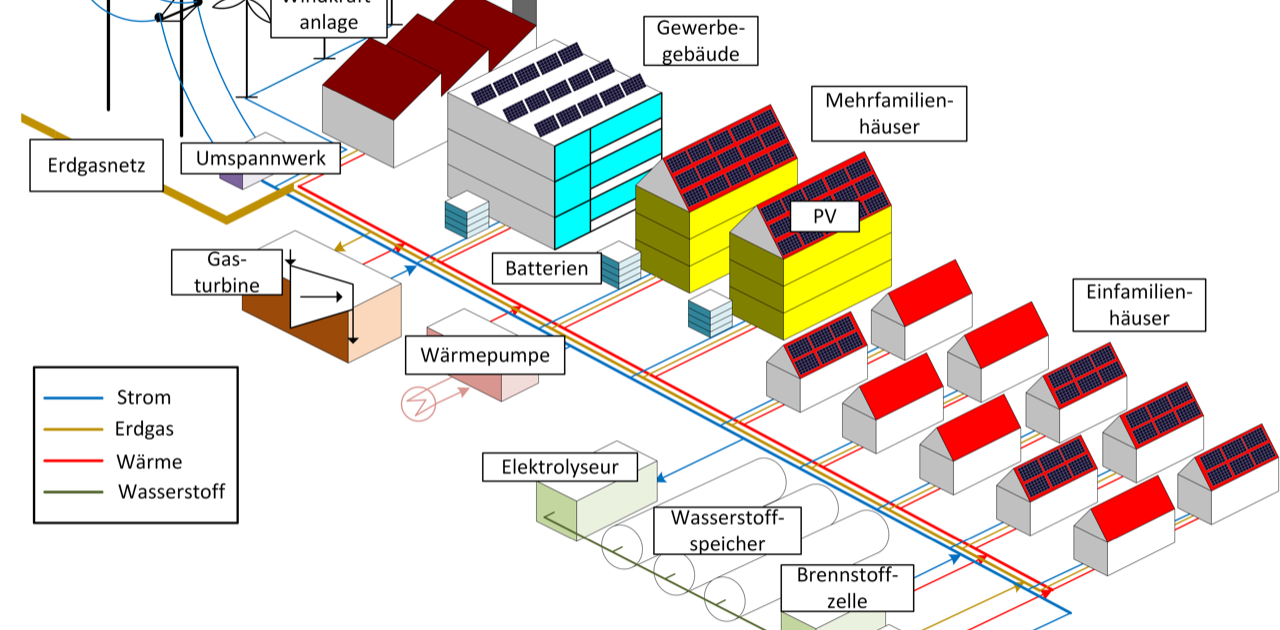 P. Murray, Empa
P. Murray, Empa
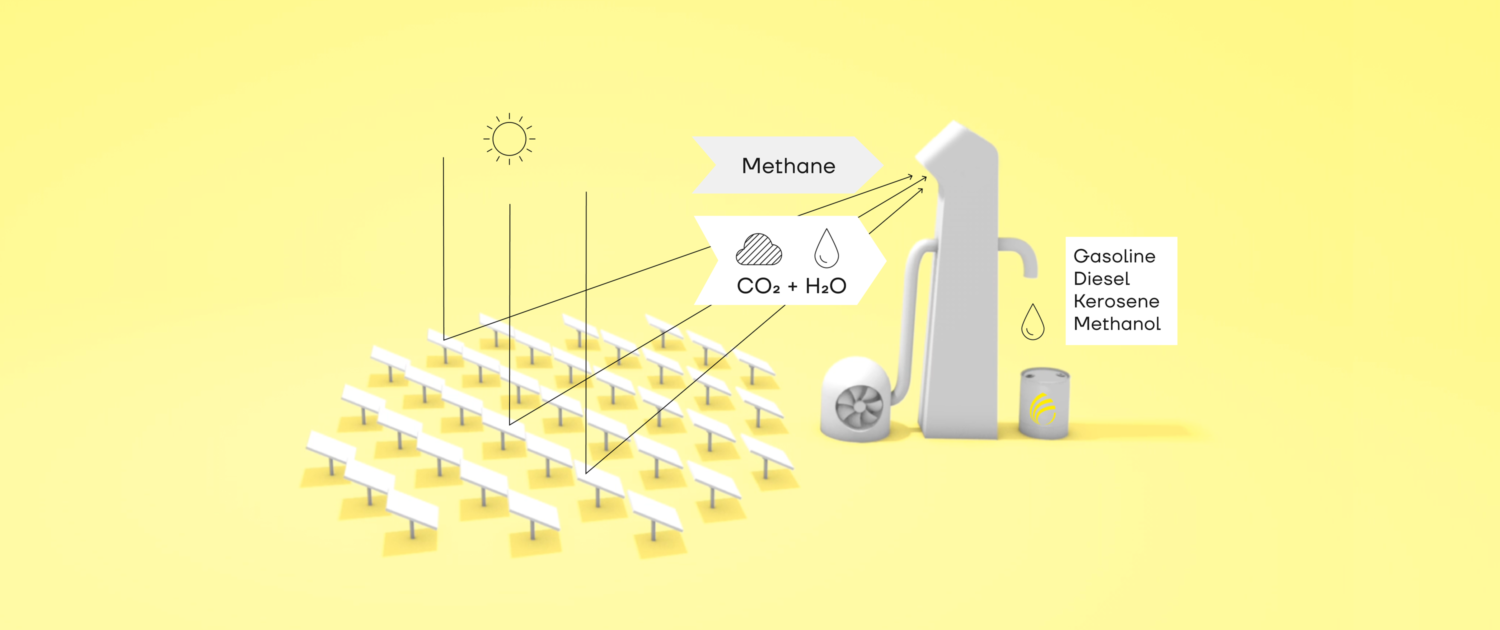 Synhelion SA
Synhelion SA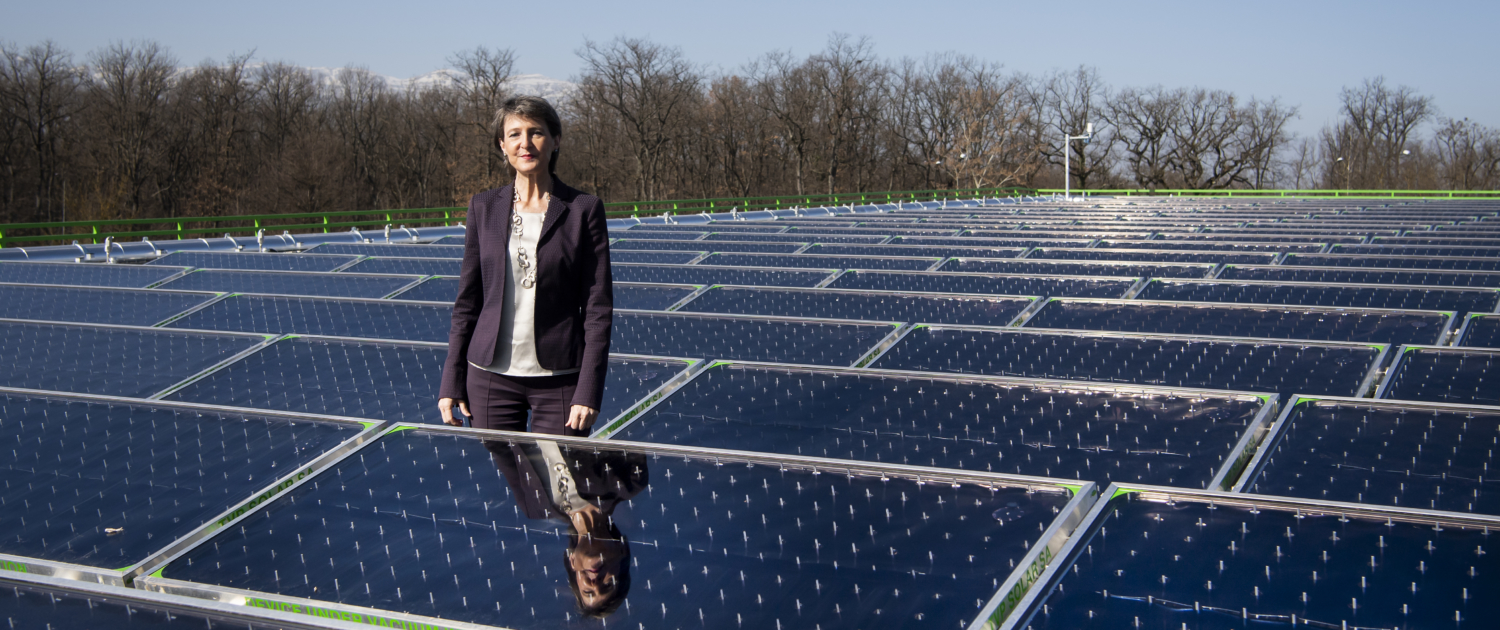 Keystone-sda
Keystone-sda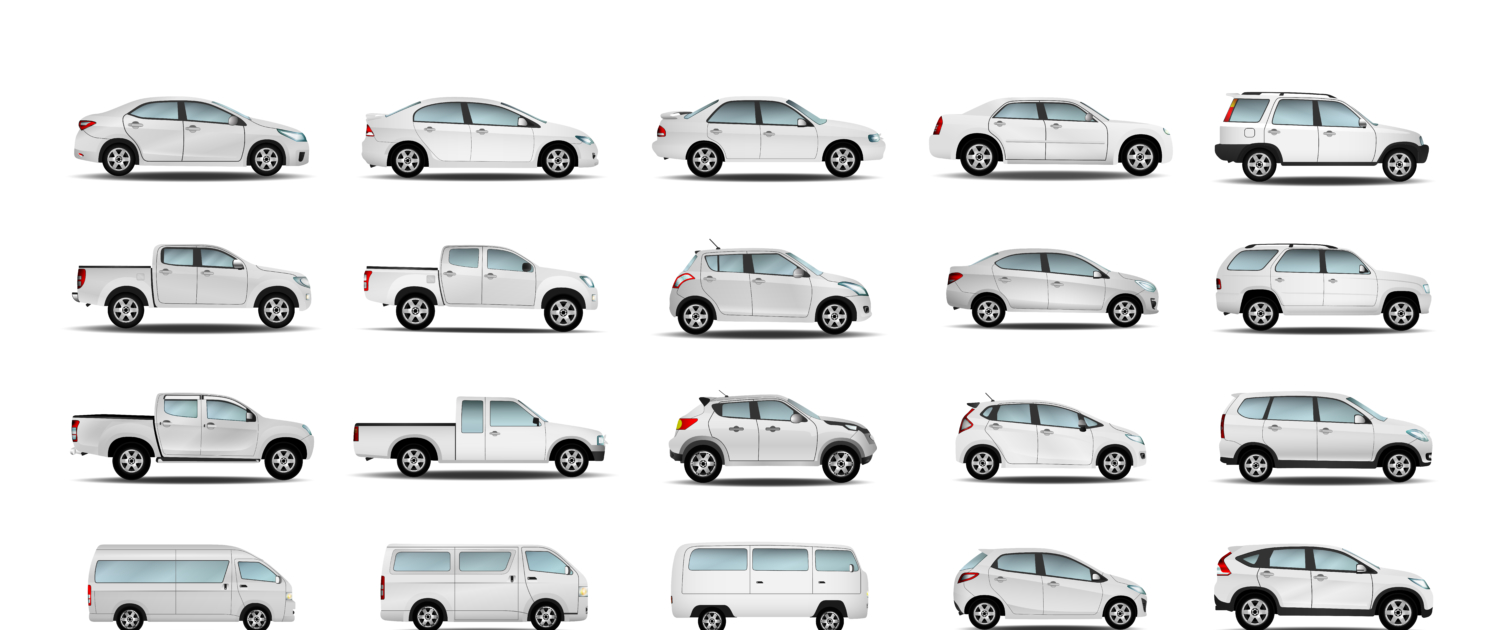 Shutterstock
Shutterstock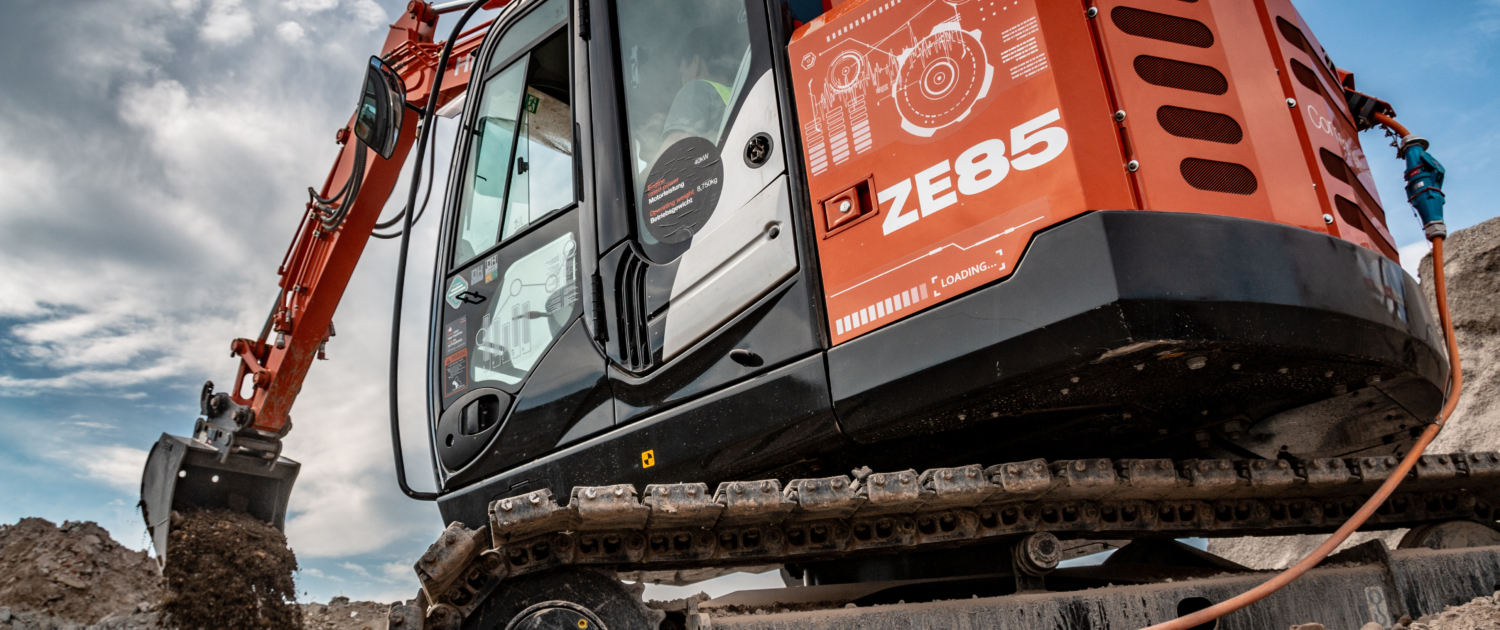 SUNCAR HK AG
SUNCAR HK AG IEA
IEA Shutterstock
Shutterstock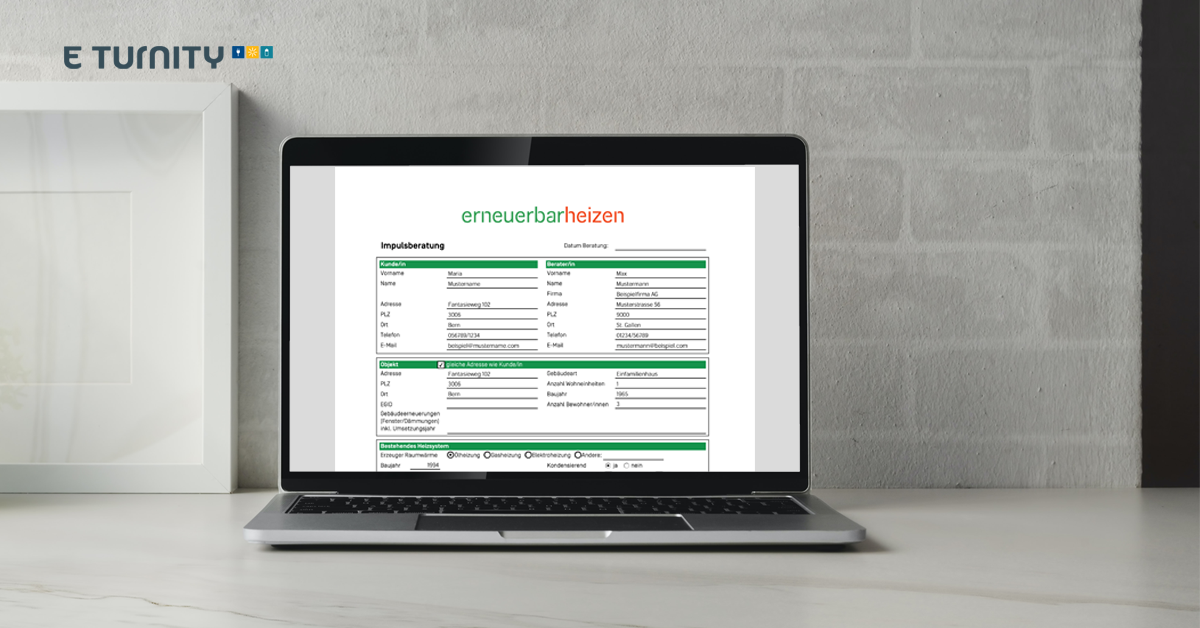
 Gebäudehülle Schweiz
Gebäudehülle Schweiz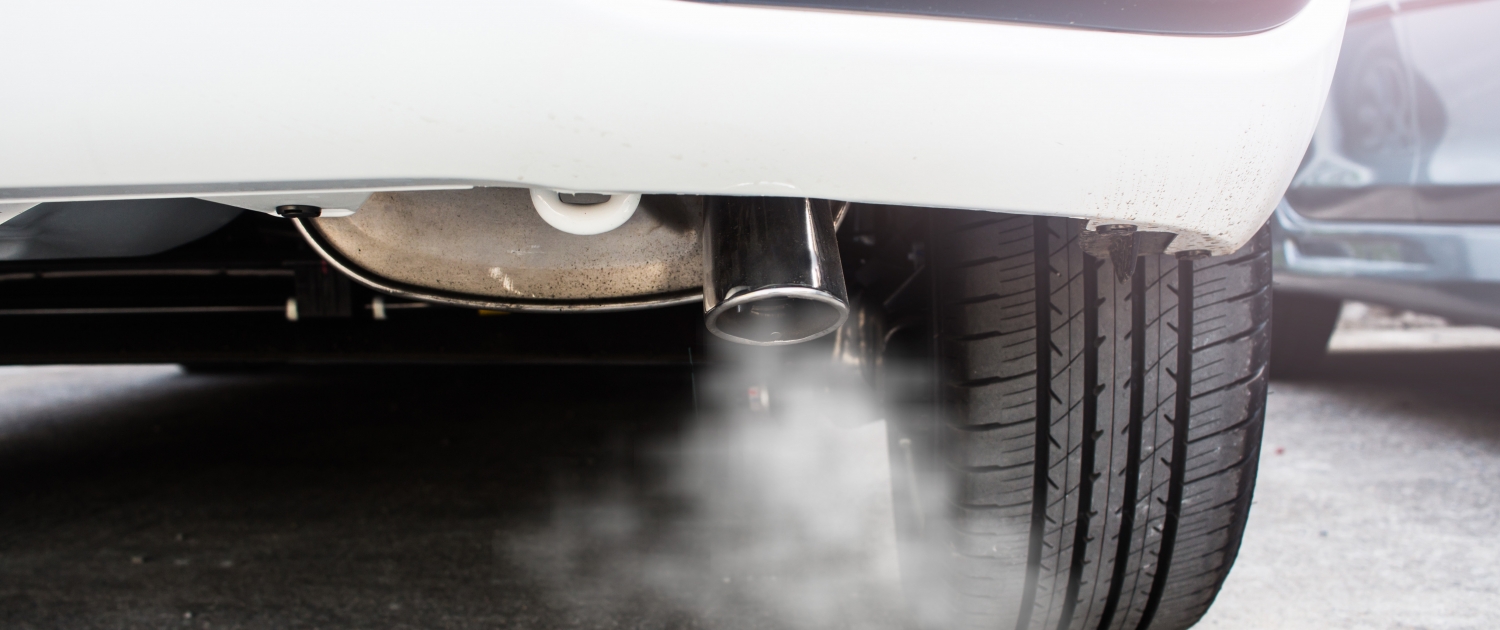 Shutterstock
Shutterstock